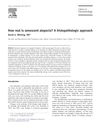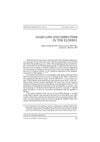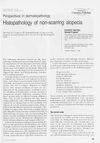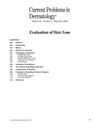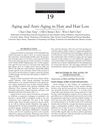Senescent Alopecia (Senile Alopecia or Senescent Balding)
April 2012
in “
Informa Healthcare eBooks
”
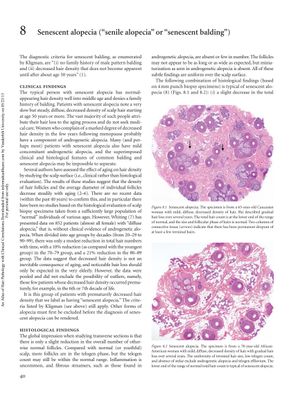
TLDR Senescent alopecia is a type of hair loss that occurs after age 50, not caused by genetics, and involves a gradual thinning of hair without significant inflammation.
The document describes senescent alopecia, a type of hair loss that becomes apparent after the age of 50 and is not linked to a family history of male pattern balding. Clinically, individuals with senescent alopecia experience a slow, diffuse decrease in hair density, which many attribute to aging and do not seek medical care for. Histologically, senescent alopecia is characterized by a slight reduction in the total number of hairs, a normal range of telogen hairs, a normal ratio of terminal to vellus hairs, and an absence of significant inflammation or fibrous streamers. The condition can be difficult to distinguish from androgenetic alopecia, as many patients may have both conditions. Data from a study by Whiting on 852 patients with diffuse alopecia showed only a modest reduction in total hair numbers with age, suggesting that significant hair loss is not an inevitable consequence of aging. The diagnosis of senescent alopecia requires exclusion of other forms of alopecia and is supported by histological findings from scalp biopsy specimens, which include a slight decrease in hair count, normal telogen count, and absence of miniaturization and inflammation.
